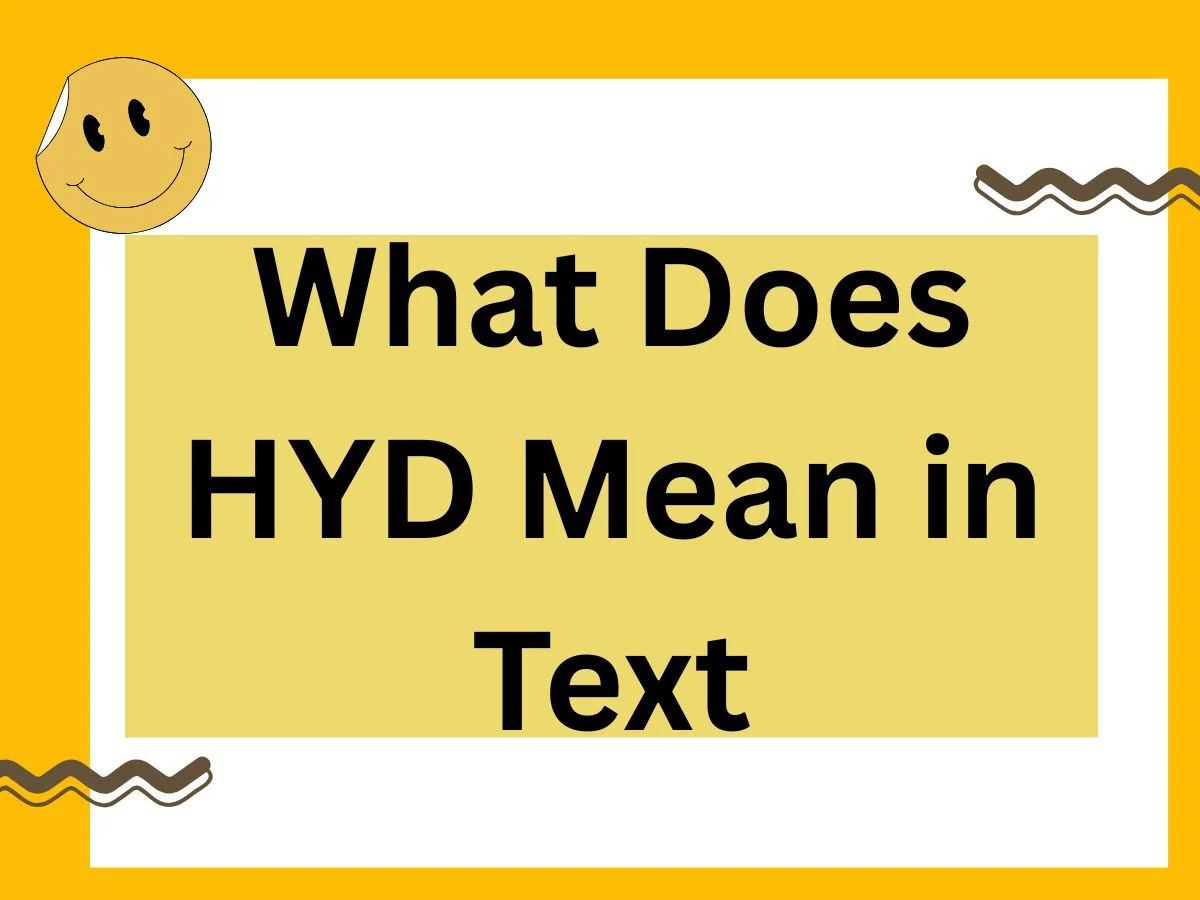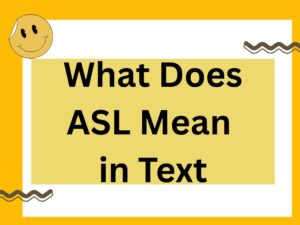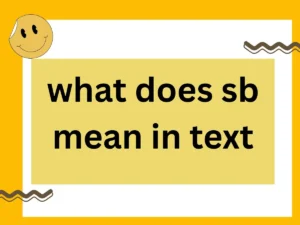Open your phone, and there it is: a three-letter text that looks deceptively simple — “HYD?” At first glance, you might pause. Then it clicks: HYD stands for “How You Doing?” It’s a casual, short-form greeting used across text messages, chat apps, and social platforms.
🔥 Rizz Line Generator 🔥
But here’s the thing: while the meaning seems straightforward, the way it’s used in 2025 has become layered with nuance. This isn’t just an abbreviation anymore — it’s a snapshot of how modern digital communication is reshaping language.
In this in-depth guide, we’ll explore:
- The core meaning of HYD in texting
- Its evolution from past texting culture to today’s trends
- Subtle shifts in tone (friendly, professional, flirty, indifferent)
- 2025 insights on digital communication that aren’t yet widely published
- When not to use HYD and why it can sometimes backfire
- 10 superior alternatives to HYD for different tones and situations
- Case studies of real texting scenarios to show context in action
- Predictions about the future of HYD and abbreviations in general
By the end, you’ll not only know exactly what HYD means but also how to masterfully adapt it — or replace it — for any conversation.
The Core Meaning of HYD in Text
HYD = “How You Doing?”
It’s a compressed form of a casual greeting used to check in on someone’s current state. Its function is phatic communication — language that maintains social bonds rather than exchanging factual information.
Primary Purposes:
- Greeting – Similar to “Hey, how’s it going?” but faster.
- Check-in – Used to start or continue a conversation.
- Expression of Interest – Can be friendly, caring, or even romantic, depending on tone.
Example:
Taylor: “HYD?”
Jordan: “Pretty good, just got back from class. You?”
A Quick History of HYD: From Full Phrase to Abbreviation
To understand HYD, we need to place it in the wider timeline of texting abbreviations:
- Pre-2000s – People typed full sentences like “How are you doing?” in emails or letters.
- 2000s (SMS era) – Character limits (160 per SMS) made shorter phrases like “How r u?” popular.
- 2010s – Chat apps like WhatsApp, Kik, and Snapchat encouraged even shorter versions like “HYD” and “HRU.”
- 2020–2025 – Abbreviations survive alongside predictive text and emojis, often chosen to signal casual familiarity.
Today, HYD exists in a linguistic sweet spot: it’s short enough for casual chat but clear enough that most people instantly recognize it.
The Nuances of HYD in 2025
Here’s where advanced communication awareness comes in: HYD isn’t always neutral. The meaning shifts based on punctuation, capitalization, emojis, and relationship context.
1. Friendly
- Tone: Light, warm.
- Example: “HYD! Long time no talk.”
2. Professional-Casual
- Tone: Semi-formal but approachable.
- Example: “Hi Sara, HYD? Just wanted to check in before tomorrow’s meeting.”
3. Flirty
- Tone: Playful, suggestive.
- Example: “HYD 😉” can signal deeper interest.
4. Indifferent
- Tone: Distant, lazy.
- Example: “hyd” in lowercase, no punctuation, can feel like minimal effort.
5. Concerned
- Tone: Supportive.
- Example: “Hey, HYD after that long week? Hope you’re holding up.”
Why Context Matters More Than Ever
In 2025, people often communicate across multiple platforms — text, Instagram DMs, Slack, Discord, etc. The context drastically shifts how HYD is received.
- On Snapchat/IG → Feels casual and personal.
- On Slack/Teams → Should be used cautiously; might look unprofessional.
- In dating apps → Can seem too plain unless paired with emojis or follow-up.
Case Study (2025 workplace example):
- Manager to team member: “HYD with the new client rollout?” → Sounds supportive.
- Team member to manager: “HYD?” → Risks sounding overly casual.
When to Avoid Using HYD
There are situations where HYD can do more harm than good:
- Formal business emails → Use “I hope this message finds you well” instead.
- First-time introductions → HYD may feel too abrupt or lazy.
- Moments of crisis → A more empathetic phrase like “How are you holding up?” carries more weight.
- Cross-cultural settings → Not everyone outside English-speaking countries understands HYD.
Global Interpretations of HYD in 2025
HYD isn’t universally recognized the same way across cultures:
- United States/Canada – Common in casual texting among all age groups.
- UK/Australia – Less common than “HRU,” but understood.
- Asia – Younger users in global chat apps understand HYD, but older users may not.
- Middle East/Africa – Sometimes misread as shorthand for unrelated acronyms.
This shows why audience awareness is crucial before using abbreviations like HYD.
10 Polished Alternatives to HYD
If you want to sound more thoughtful, polished, or suited to specific contexts, try these instead:
1. “How have you been?”
- Tone: Friendly, genuine.
- Use when: Catching up after a while.
2. “How’s your day going?”
- Tone: Warm, casual.
- Use when: Midday check-in.
3. “How’s everything on your end?”
- Tone: Professional but personal.
- Use when: Business or networking chats.
4. “How are things treating you?”
- Tone: Empathetic.
- Use when: Checking on stressed or busy friends.
5. “What’s been going on with you?”
- Tone: Conversational, curious.
- Use when: Reconnecting after silence.
6. “How’s life these days?”
- Tone: Reflective, personal.
- Use when: Talking to close friends.
7. “Everything good with you?”
- Tone: Friendly, direct.
- Use when: Quick but caring check-in.
8. “How’s work/school treating you?”
- Tone: Specific, thoughtful.
- Use when: Tailored to someone’s context.
9. “What are you up to?”
- Tone: Casual, engaging.
- Use when: Looking for a light opener.
10. “How’s your week been so far?”
- Tone: Balanced, polite.
- Use when: Both professional and friendly chats.
2025 Insights: How HYD Fits Into New Communication Trends
Here’s new, forward-looking data about how HYD fits into evolving text culture:
- AI Predictive Replies – Apps like iMessage, WhatsApp, and Gmail suggest replies. In 2025, suggested responses to HYD include “Good, thanks! You?” or emoji-based answers, showing how HYD is being normalized by AI.
- Emoji Pairing Patterns – Analysis of 2025 texting behavior shows HYD is most often paired with:
- 🙂 (friendly)
- 😉 (flirty)
- 😅 (awkward/funny check-in)
- Generational Differences:
- Gen Z & Gen Alpha → Prefer short forms like HYD, HRU, WYD.
- Millennials → Often use full forms like “How’s your day going?”
- Boomers/Gen X → Rarely use HYD, favor complete sentences.
- Cross-Platform Variations – HYD is trending down on workplace platforms (seen as too casual) but stable on social messaging apps.
The Future of HYD and Abbreviations
Looking ahead:
- AI Texting Assistants may phase out abbreviations like HYD, offering full phrases automatically.
- Cultural Persistence – HYD will survive in peer-to-peer texting, especially among younger users.
- Hybrid Expressions – Expect HYD paired with GIFs, voice notes, or emojis to replace text-only usage.
Key Takeaways
- HYD = “How You Doing?”
- It’s casual, versatile, but tone-dependent.
- Best avoided in formal/professional contexts.
- Global recognition varies — not everyone interprets it correctly.
- In 2025, HYD is influenced by AI predictive replies, emoji trends, and generational differences.
- There are 10 polished alternatives you can use for richer communication.





